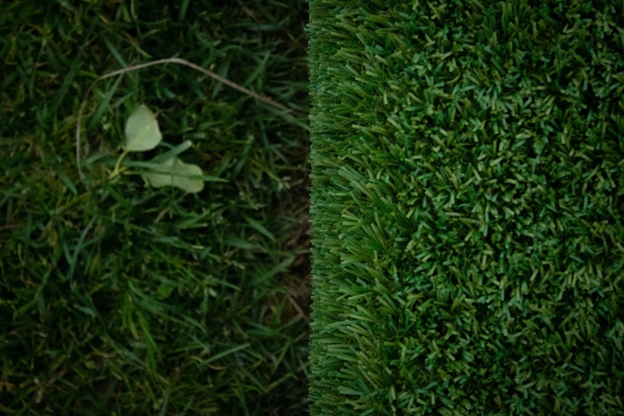Synthetic Turf Infill Options For Your Baseball Field
When shopping for sports synthetic turf, there are a few things to consider. These include the infill, surface temperature, and cost. This article will discuss the infills and their benefits. Also, you should consider the infills' durability and performance. Then, you can make the right decision for your home or business.

Cost
There are many factors that determine the cost of a sports synthetic grass field. In order to get the best value for your money, you should make sure to find a company that uses the best materials available. Generally, you should look for a company that manufactures its products in the USA and provides high-quality installation services.
The type of infill and size of the pitch will affect the overall cost. Quartz sand fields and artificial granules require a more extensive maintenance program and require different equipment. You should also consider whether your field will require floodlights and drainage. If so, these costs should be incorporated into your overall costing.
Components
Synthetic turf athletic fields are common in schools, municipalities, colleges and universities, and professional sports organizations. Some types use crumb rubber as the infill material in between blades of baseball artificial turf that are attached to a backing material. This document explains the components of synthetic grass athletic fields and outlines health issues associated with them.
The basic components of sports synthetic turf include a stable base and an anti-slip coating. The type of base that is used is largely dependent on the intended use of the surface and on the budget of the project. For example, a compacted gravel base is recommended for sporting events with light vehicular traffic, while a porous asphalt base is ideal for outdoor venues.
Surface temperature
The surface temperature of sports synthetic grass is an important issue for athletic fields, especially outdoor fields. It can be dangerous for players. Recent research by Penn State's Center for Sports Surface Research shows that synthetic turf surfaces can reach 200 degrees Fahrenheit.
In warm summers, the surface temperature of sports fields can rise significantly. In contrast, grass fields rarely reach over 100 degrees Fahrenheit, according to this study. To mitigate this problem, water can be sprinkled on the synthetic grass, which can lower the temperature. Watering the field can lower the surface temperature by up to 10 degrees F within five minutes.
Maintenance
To maintain the integrity of your sports synthetic turf field, you need to take care of its regular maintenance. For instance, you should regularly inspect and clean the field to prevent debris from settling in the seams and causing damage to the field. You should also check the infill levels and field edging attachments for proper moisture levels.
The frequency of maintenance will depend on how frequently the field is used. For areas with normal use, you should do it every three to four weeks. For areas with intensive use, the frequency should be every one to two weeks. During these intervals, you should also brush off the debris from the field. Dust is a major problem on pitches, and it can penetrate the turf.
Regular cleaning and maintenance is essential to the safety of athletes. You should inspect the sports field or gym before a game to ensure that it's in good shape. You should also plan cleaning and repair sessions ahead of time, so they don't conflict with other commitments or established appointments with them.

Infills
There are many different types of infills for sports synthetic turf. You'll want to choose the right kind for your needs. Consider the performance of the field and how it will affect the environment before deciding on an infill. You'll want a sports turf infill that's not only comfortable to play on, but is also safe for the environment.
The most common type of turf infill is crumb rubber, which is made from recycled tires. It's cheap and has excellent shock absorption properties. Plus, it's environmentally friendly, keeping tires out of landfills. This is also one of the most durable infills for athletic fields, and will last for years with minimal maintenance.
Several studies have been conducted on the safety of infills for sports synthetic turf. However, the number of subjects and the number of injuries studied make comparisons difficult. Some studies found no significant differences between infilled and natural sports synthetic turf. Others found differences in specific types of injuries, but no consistent pattern was found across studies.
The most popular type of infill (www.wikihow.com/Artificial-Lawn) is made of rubber, which is used in synthetic grass to replicate the bounce of natural grass. This type of infill is also quick to apply. But there are several disadvantages to this type of infill, including odor and heat retention. Rubber also tends to trap dirt and bacteria, and it can cause black dust to settle on clothes and towels.
Is Artificial Turf Really a Good Option For Gyms to Other Sports






New! Facebook Comments
Leave a comment about this article in the box below and share it with your Facebook friends.